To say Hackaday has passionate folks in our comments section would be an understatement. You’ve made us laugh, made us cry, and made us search high and low for the edit button. From the insightful to the humorous, Hackaday’s comments have it all. So, we’re putting you to work helping out an organization that has done incredible work for science over the years.
The European Organization for Nuclear Research (CERN) has quite a storied 60 year history. CERN has been involved in pursuits as varied as the discovery of neutral currents, to Higgs boson research, to the creation of the World Wide Web. Like any research scientists, CERN staff have always been good about documenting their work. Many of these records are in the form of photographs: hundreds of thousands of them. The problem is that no one kept records as to what each photograph depicts!
The folks at CERN are trying to remedy this by publishing over 120,000 unknown photos taken between 1955 and 1985. The hope is that someone out there recognizes the people and equipment in the photos, and can provide some insight as to what exactly we’re looking at.
Here at Hackaday we think these photos should be seen and discussed, and we’re going to have some fun doing it. To that end, we’re hosting the Caption CERN Contest on Hackaday.io. Each week we’ll add a project log with a new image from CERN’s archives. If you know what the image is, click on CERN’s discussion link for the photo and let them know! If you don’t know, take a shot at a humorous caption. Hackaday staff will pick the best caption each week. Winners will get a shirt from The Hackaday Store.
Here’s how it will work: A new project log will go up every week on Tuesday night at around 9pm PDT. The project log will contain an image from CERN’s archives. You have until the following Tuesday at 9pm PDT to come up with a caption, and drop it in the comments. One entry per user: if you post multiple entries, we’ll only consider the last one.
The first image is up, so head over and start writing those captions!
Good Luck!



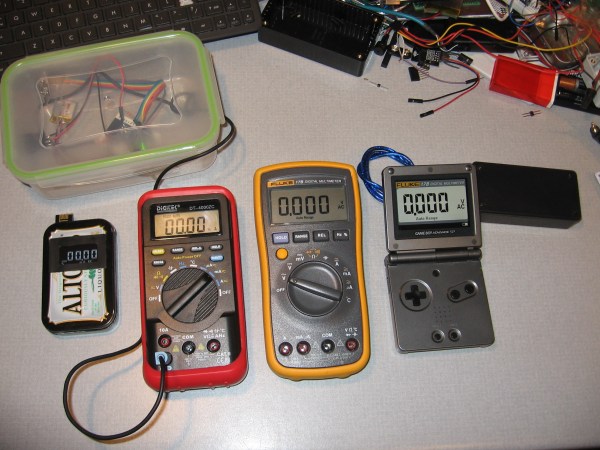


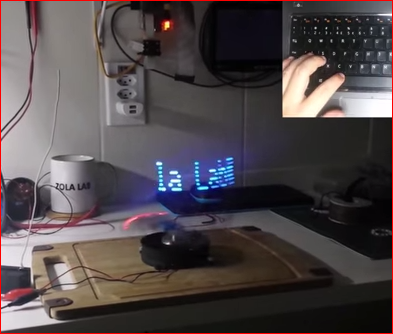
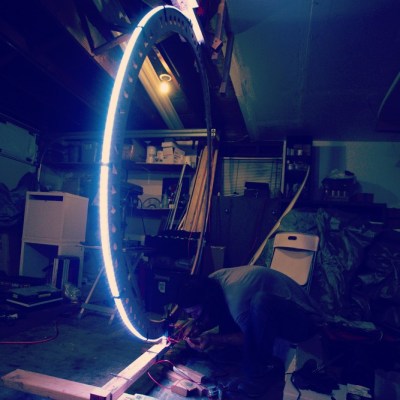
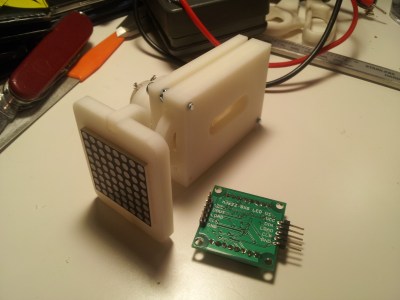
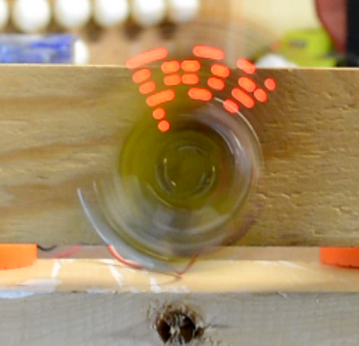

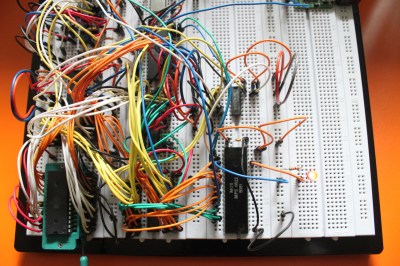 [Dirk] has some great documentation to go with his computer. He started with a classic MOS 6502 processor. He surrounded the processor with a number of support chips correct for the early 80’s period. RAM is easy-to -use static RAM, while ROM is handled by UV erasable EPROM. A pair of MOS 6522 Versatile Interface Adapter (VIA) chips connect the keyboard, LCD, and any other peripherals to the CPU. Sound is of course provided by the 6581 SID chip. All this made for a heck of a lot of wires when built up on a breadboard. The only thing missing from this build is a way to store software written on the machine. [Dirk] already is looking into ways to add an SD card interface to the machine.
[Dirk] has some great documentation to go with his computer. He started with a classic MOS 6502 processor. He surrounded the processor with a number of support chips correct for the early 80’s period. RAM is easy-to -use static RAM, while ROM is handled by UV erasable EPROM. A pair of MOS 6522 Versatile Interface Adapter (VIA) chips connect the keyboard, LCD, and any other peripherals to the CPU. Sound is of course provided by the 6581 SID chip. All this made for a heck of a lot of wires when built up on a breadboard. The only thing missing from this build is a way to store software written on the machine. [Dirk] already is looking into ways to add an SD card interface to the machine.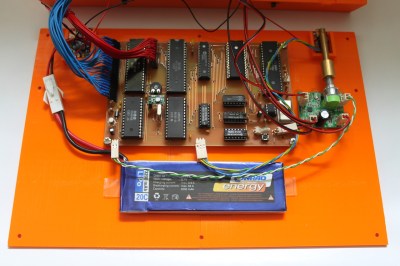 The home building didn’t stop there though. [Dirk] designed and etched his own printed circuit board (PCB) for his computer. DIY PCBs with surface mount components are easy these days, but things are a heck of a lot harder with older through hole components. Every through hole pin and via had to be drilled, and soldered to the top and bottom layers of the board. Not to mention the fact that both layers had to line up perfectly to avoid missing holes! To say this was a lot of work would be an understatement.
The home building didn’t stop there though. [Dirk] designed and etched his own printed circuit board (PCB) for his computer. DIY PCBs with surface mount components are easy these days, but things are a heck of a lot harder with older through hole components. Every through hole pin and via had to be drilled, and soldered to the top and bottom layers of the board. Not to mention the fact that both layers had to line up perfectly to avoid missing holes! To say this was a lot of work would be an understatement.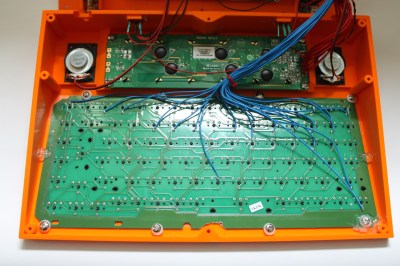 [Dirk] designed a custom 3D printed case for his computer and printed it out on his Ultimaker. To make things fit, he created his design in halves, and glued the case once printing was complete.
[Dirk] designed a custom 3D printed case for his computer and printed it out on his Ultimaker. To make things fit, he created his design in halves, and glued the case once printing was complete.









